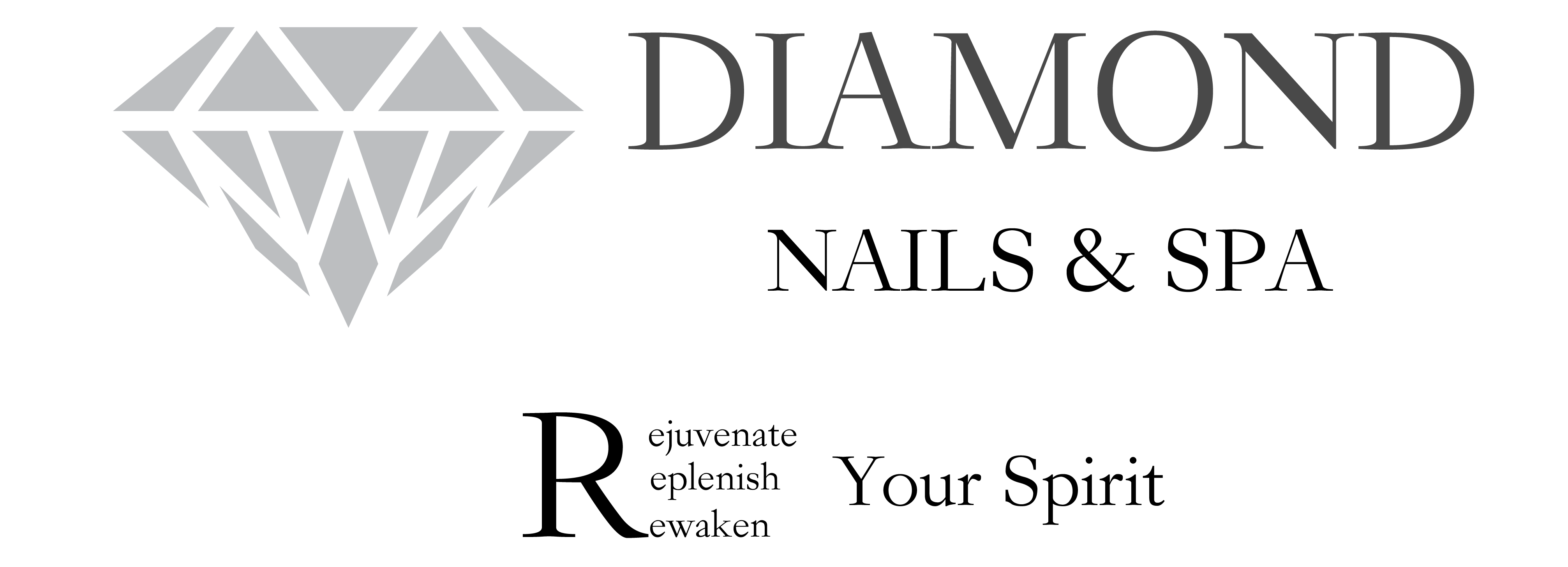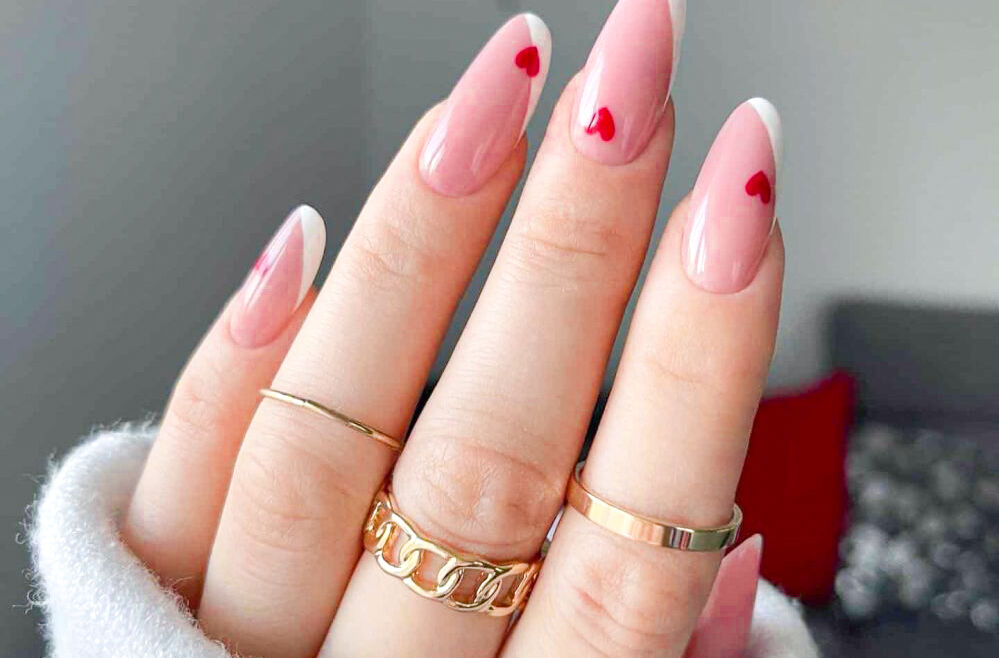Gel overlay is a product applied directly over the top of the natural nail to give it shape and structure. Gel overlay does not extend the nail or give it any length, like the purpose behind artificial nails. Instead, gel overlay provides a very natural, clean, and simplified look.


Gel overlay on natural nails skips the plastic or similar extensions, applying the gel directly to your natural nail.
It can be confusing trying to remember the names of different methods and what they entail.
To make it clearer, let’s break this down into two different categories: overlays and extensions.
Extensions are the fake nails that you’re probably most used to.
They’re the ones that your mother used and your mother before her.
A material, often plastic, in the shape of a nail, is adhered to the natural nail, to give it length.
Then, afterward, a polish or enamel of some sort is applied on top to further decorate the nail.
This is a long process that can be rather hard on your nails.
Overlays on natural nails don’t include the false nail part.
Instead, the nail shape is based on your natural nails.
This is a great solution for anyone who has trouble growing their nails out or who don’t want to use fake nails because of the damage that they could possibly cause.
They won’t extend past the point of your natural nails, but they can help to shape them into something more pleasing.
When done with a gel, your salon will likely choose to use a hard gel for this.
Afterward, you can proceed with decorating them however you like.
To put it simply: overlays don’t have to extend your nail, while extensions do.
Overlays are a great choice for many occasions and can give you a more natural look than extensions.
Is Gel Overlay Good For Your Nails?
Yes, they can be very good for people that have brittle or short nails if done right. If not, you can experience fungal infections.
Are you the kind of person that bites their nails? Or do you have an issue with your nails not growing very well, or being very brittle?
Then a gel overlay on natural nails is the choice you should make for your next salon visit!
Gel overlays give those with short, brittle nails a chance to look pretty while also looking very natural.
They’re less damaging than mosts extensions so that your nails are kept in better condition while also looking absolutely gorgeous.
That doesn’t mean that there’s no danger whatsoever in getting overlays.
If applied incorrectly or without the stringent cleanliness that any good salon should have, you run the risk of fungal infections.
So, before you begin with your overlays, make sure that the area where they will be applied is nice and clean.
If it’s at home, give everything a good scrub down, and lay down a clean towel to rest your hands on.
At a salon, take a look around. Is everything clean?
Check for any inspection paperwork, and look at reviews online to see if your salon has a good reputation.
If it doesn’t? You should find a new one.
Of course, if you take care when applying overlays and occasionally take a break from them, then you should have no problems with your nails.
But it pays to be careful!
A little due diligence goes a long way, and your nails will thank you for it later. Trust us on this.
What Is The Difference Between Gel Polish And Gel Overlay?
Gel overlays are almost always hard gel, while gel polish is soft gel. Hard gel is longer-lasting, while soft gel is easier to remove. Overlays can shape the nail, while polish does not.
Now that we’ve learned the difference between overlays and extensions let’s delve into gel overlays versus gel polish.
Both are trending, and both get a lot of good press.
But there is a difference between the two, and it’s an important one.
Gel polish is just that: a polish.
While certainly more long-lasting than most standard polishes, it doesn’t allow you to shape your nails like an overlay can.
Generally, gel polishes use what is known as a “soft gel.”
This means that it is more porous and won’t last as long.
However, there’s a plus to this: you can remove the soft gel from soaking, something that you simply can’t do with hard gel.
Gel polish is also much easier to handle at home.
Gel overlays are almost always hard gel to help them last longer and have more structure.
This means that soaking them off along probably won’t work.
Heading to a salon to get them removed is your best bet, but you can file them away at home, if necessary.
But it can be tedious.
But you’ll make up for it in the beautiful shape it gives and the time between salon visits.
As you can see, there are some very important distinctions between gel polish and gel overlays.
And what you choose can make a big difference in the experience that you’ll have.
There are positives and negatives for each, so the right one depends on what you’re looking for.
How Long Does Gel Overlay Last?
Gel overlays typically last for between 2-4 weeks, so long as they were applied correctly, protected, and they are well taken care of.
Once you have your gel overlays, then what? How long can you expect them to last? And can you keep them looking nice a little bit longer?
While gel overlays on natural nails are generally more longer-lasting than traditional nail polish, it only barely reaches the lowest time compared to traditional extensions.
Your nails should last between two and four weeks, depending on how well they’re treated and how gentle you are on them.
The cheaper you go on their application, the shorter they’re going to last once they’re actually applied.
To make them last longer, there are a few things that you can do.
These can make or break your overlay’s look.
Avoid Hot Water
The first is to avoid hot water as much as possible.
While you can’t really soak overlays to take them off, prolonged exposure to hot water can certainly loosen them and damage the look that you’re going for.
So, try to wear gloves when doing the dishes or while in the shower.
If you can’t avoid getting your hands wet, use lukewarm water as much as possible.
Stay Clear Of Chemicals
Be wary of chemicals. Cleaning solutions, in particular, are often very hard on gel, whether it’s an overlay or a polish.
They can cause discoloration, weakening, chips, and so much more.
So, if you’re going to be using harsh solutions, break out those gloves again! You’ll be protecting your nails and skin.
Apply Topcoat
Lastly, consider adding an extra topcoat to your nails.
If you’re at a salon, they can help you.
Otherwise, simply add a second topcoat at home. This can help add a little extra protection against normal wear and tear.
Can You Apply A Gel Overlay At Home?
Yes, you can do gel overlays on natural nails at home. However, salons provide higher-quality work, and it can be difficult for a newbie. For best results at home, use a kit.
Is it possible to do a gel overlay at home? Yes. Technically.
But, unless you’re already an expert in nail art yourself, you may find that it’s better to go to a salon.
The reason? Gel overlays can be particularly tricky to apply and need to be very carefully removed.
And, if done incorrectly, you could find yourself with some fungal friends you certainly did not ask for.
People who aren’t used to doing their own nail art should definitely avoid DIYing this particular style.
It can be finicky at the best of times, which might lead to frustration on your part.
Salons are a great way to figure out if you’re going to like the look that overlays give you, so don’t be afraid to hit up a professional, rather than try it out for yourself at home with nothing but a YouTube tutorial and determination.
If you still plan on trying it yourself, look for a gel overlay kit that comes with instructions.


